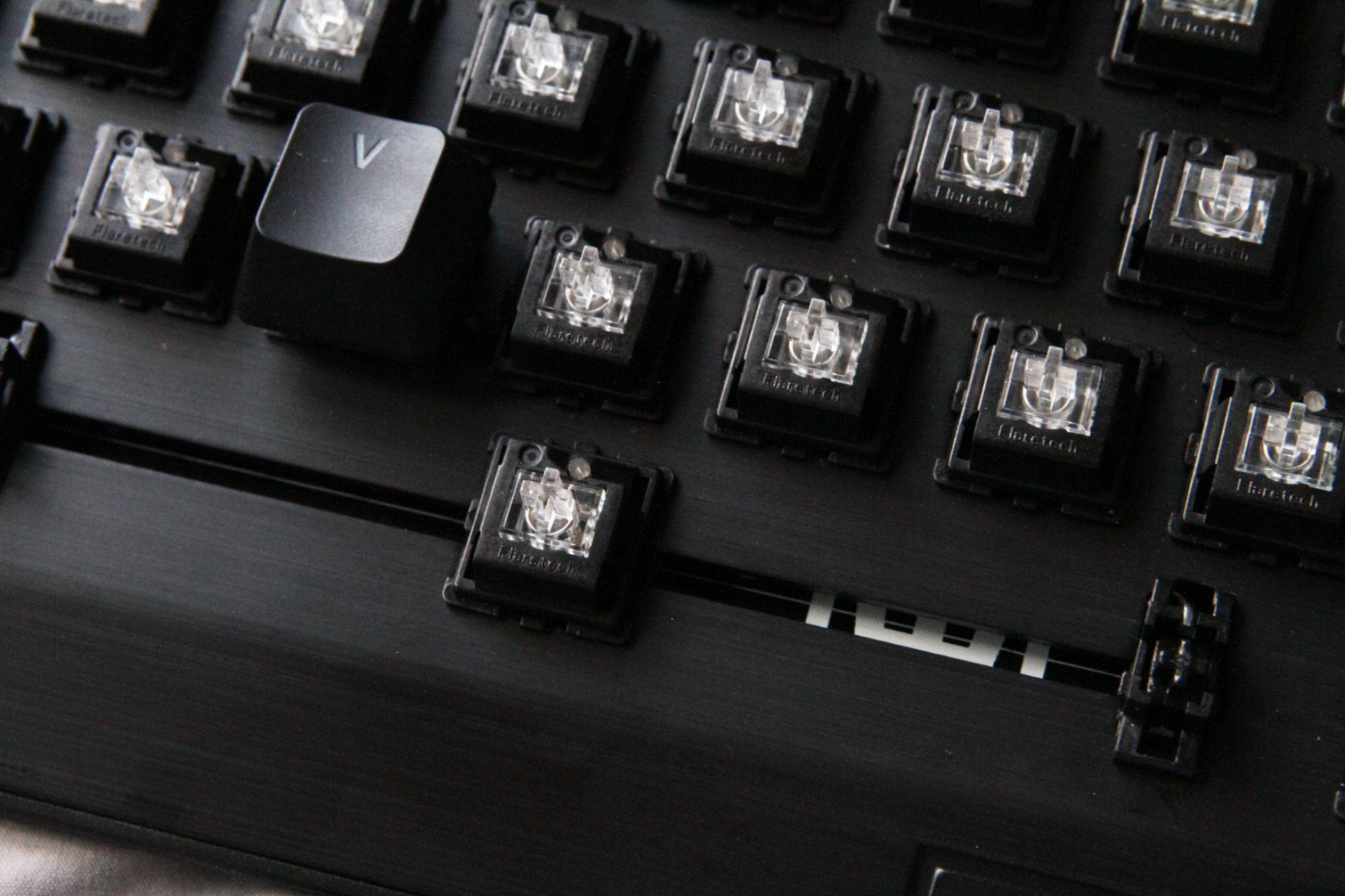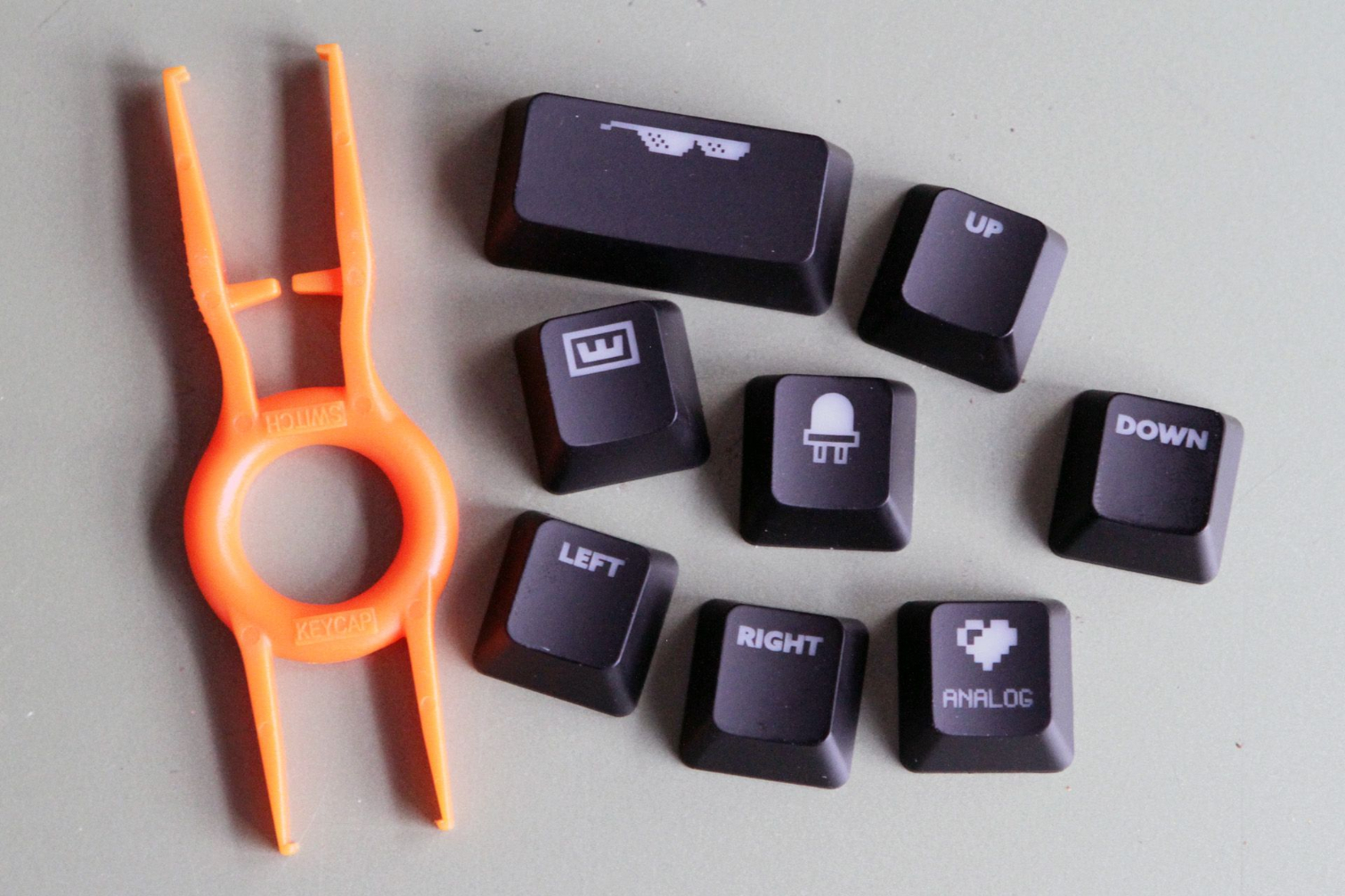Wooting One Analog Mechanical Keyboard Review
Why you can trust Tom's Hardware
Switches, Lighting & Key Caps
As we discussed on the previous page, the Wooting One uses Flaretech optical switches. To clear up any misconception, the “optical” part refers only to the sensing method. These are still mechanical switches: They have a similar housing to any Cherry MX clone you’ve seen, they have a stem, etc. They’re even compatible with cross-stem replacement keycaps. The difference is that instead of two metal points making contact, a beam of light senses the depth of the stem when you depress it.
Optical switches allege to be “faster,” because they don’t suffer from debounce like metal contact switches do, but don’t mistake that to mean that the physical action of the switch is faster or smoother.
The One that Wooting sent us was loaded up with linear switches (Flaretech Red), but the box also contained a full replacement set of clicky Flaretech Blue switches, too. (You can get the extra set of switches only in the Premium package.) Because optical switches don’t have to be soldered, they’re by nature hot-swappable. Thus, you can remove and replace every switch on this keyboard if you prefer clicky over linear switches (or vice versa).
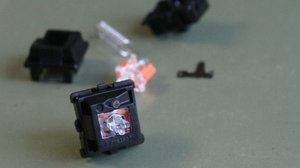
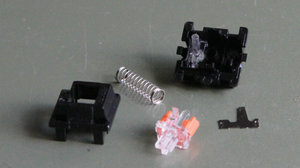
That’s easier said than done, though. It is not always so easy to pry off a single switch, let alone 88 of them, and the whole process is rather time consuming, so expect to perform this action on rare occasions. Still, it’s important to understand that you can swap the switches without any soldering. Just pluck (with the included tool) and replace.
| Row 0 - Cell 0 | Flaretech Red switches | Flaretech Blue switches |
| Type | Linear | Clicky |
| Operating Force | 55gf | |
| Tactile Point | -- | 1.8mm |
| Actuation | 1.6-3.6mm | |
| Reset Point | 1.6-3.6mm | |
| Total Travel | 4mm | |
| Debounce | 0.03ms | |
| Switch Lifetime | 100,000,000 clicks | |
| Stem | MX (cross) |
The entire One keyboard is RGB backlit. We did have a few issues, though--a couple of the LEDs went out on us. But it turns out that an early version of the firmware loaded up the wrong layout (ISO instead of ANSI). For whatever reason, future updates didn't solve the issue. Once we completely reset the One and reloaded the proper layout, though, all the LEDs are properly lit.
The LEDs are perched at the top of the switch housing, as is common, and the keycap legends are positioned directly above them to ensure bright, even lighting--for the legends. However, because the One features a top plate design with the switch housings slightly exposed, the caps have underglow. Overall, it’s a lovely aesthetic, but the slightly offset location of the LEDs means that the underglow is commensurately offset.
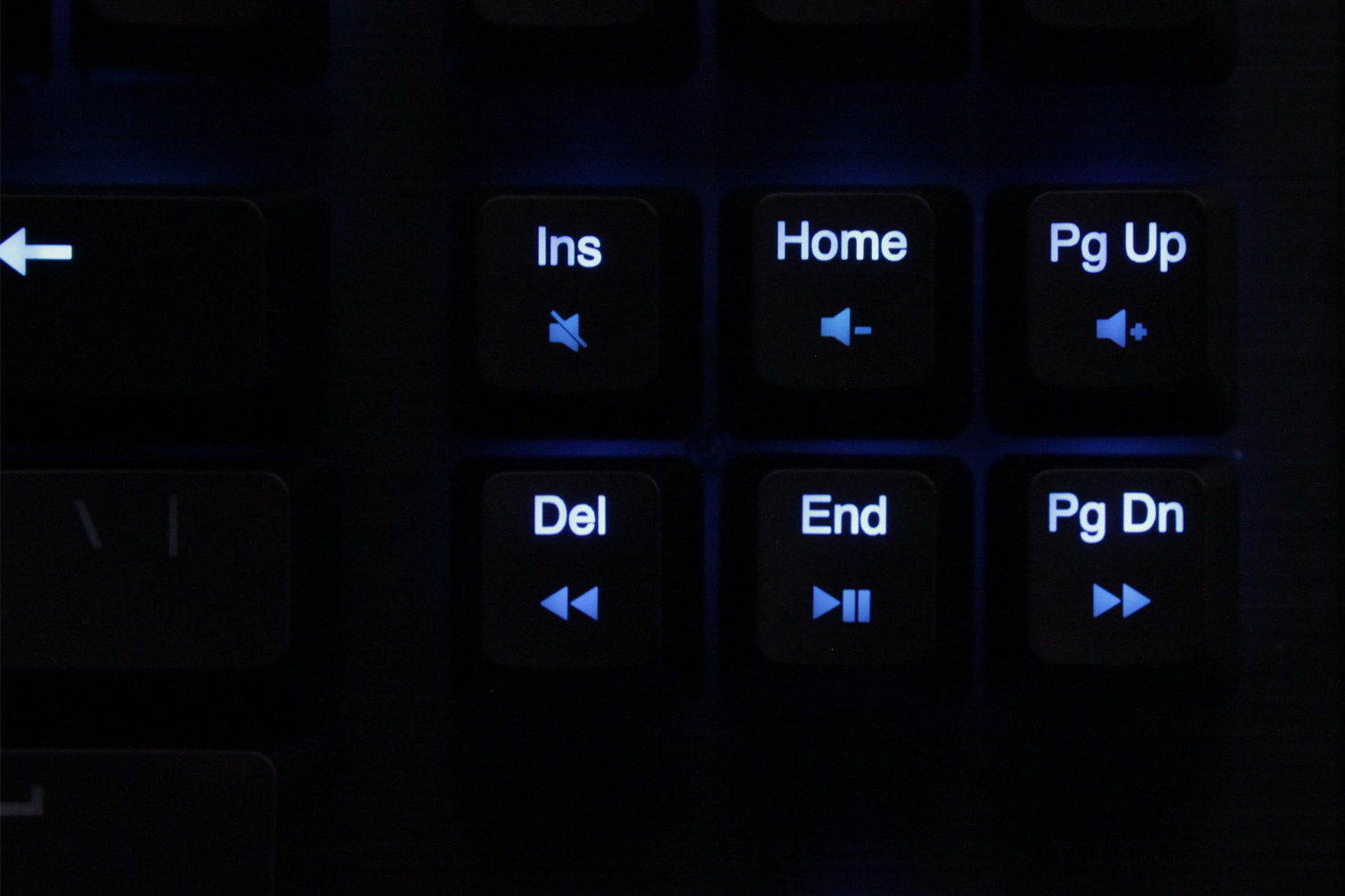
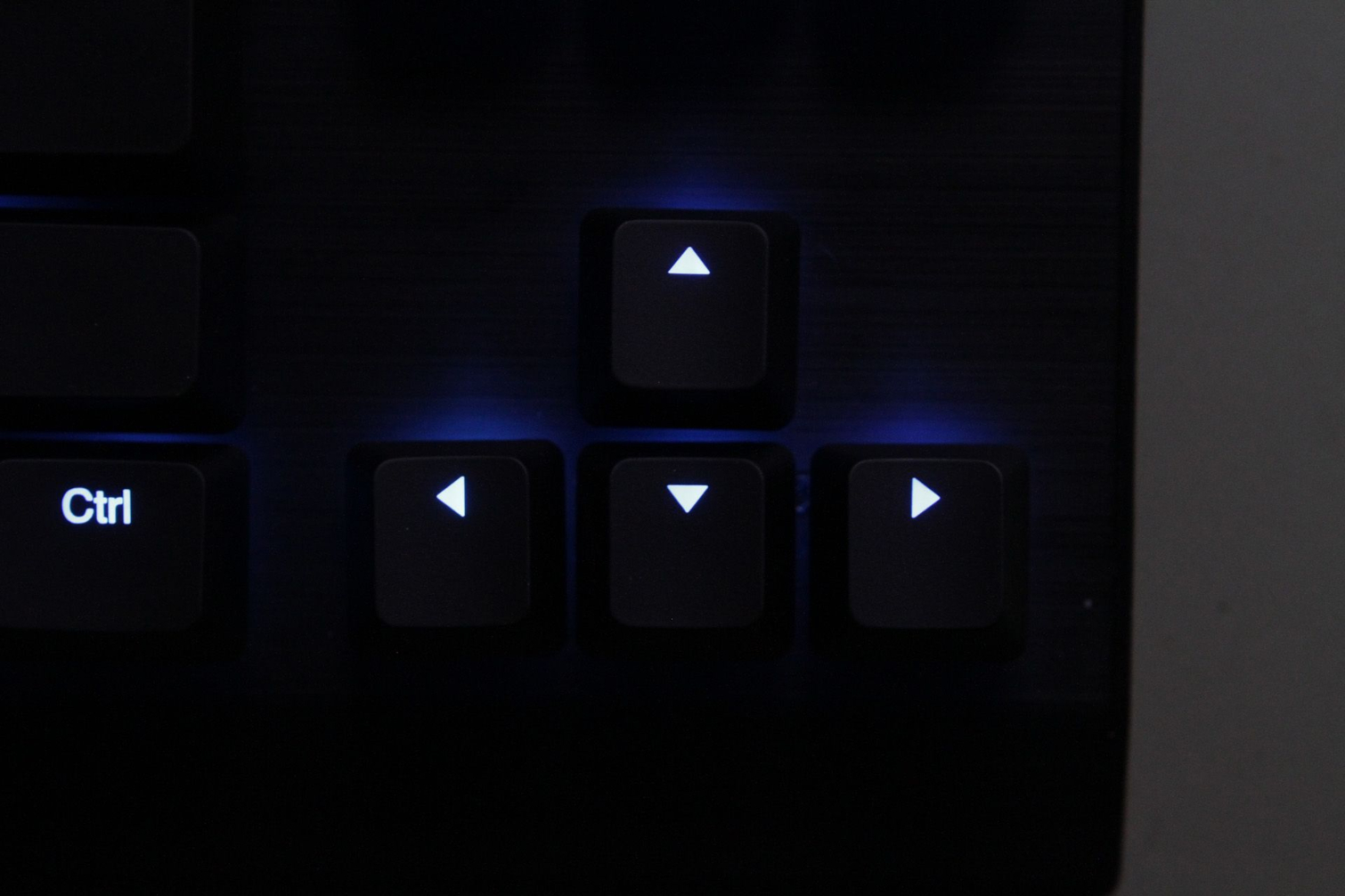
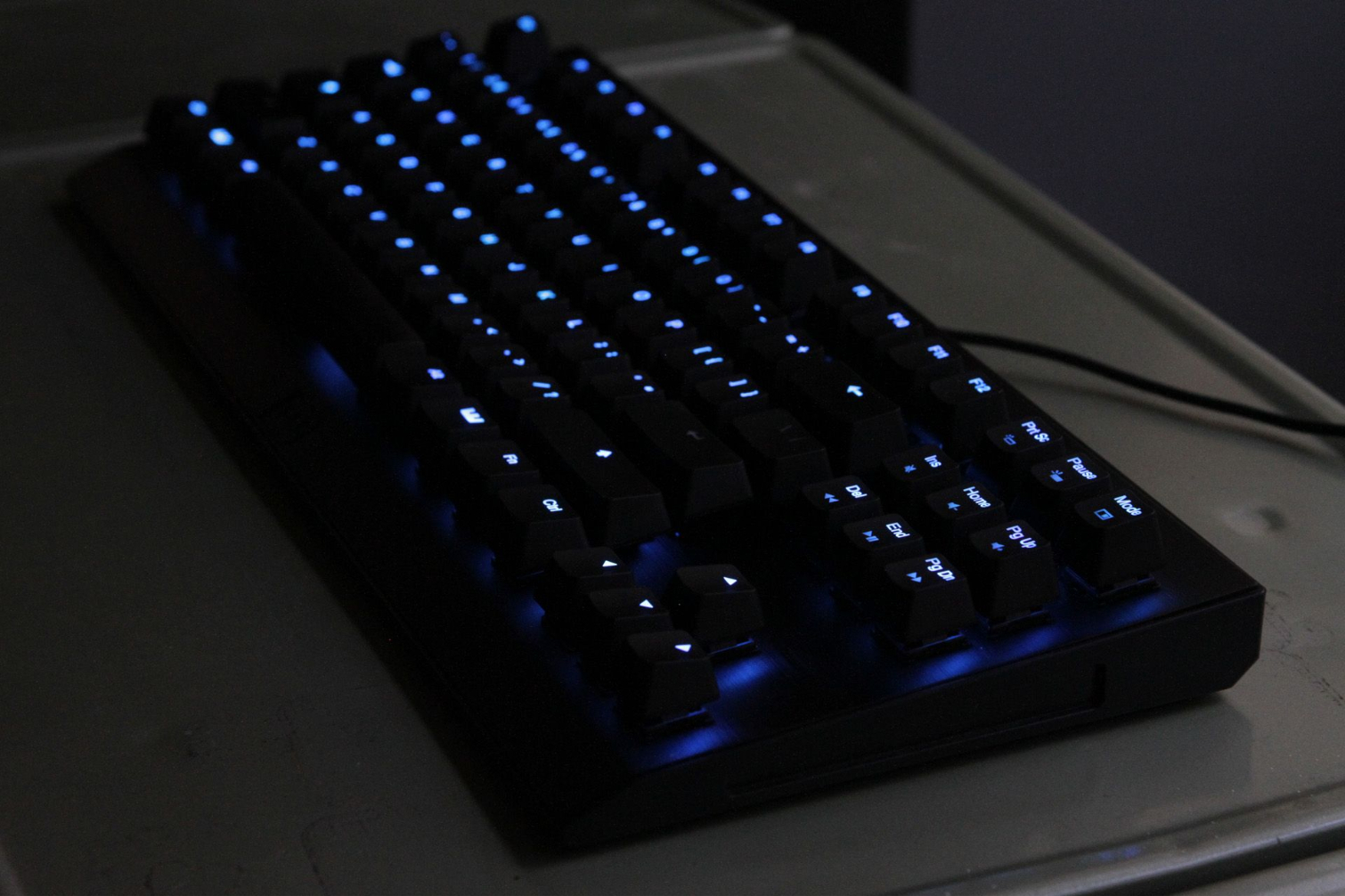
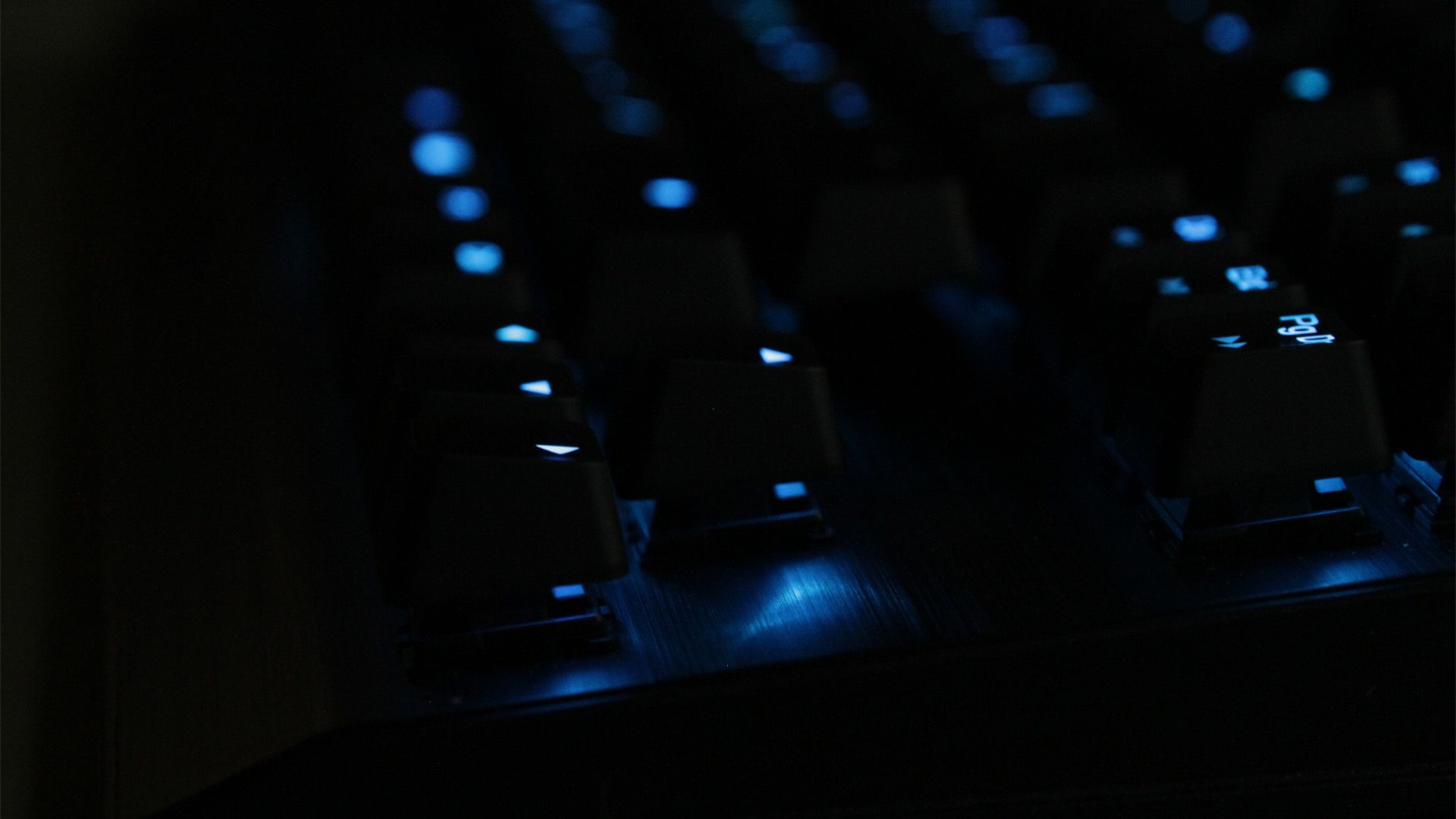
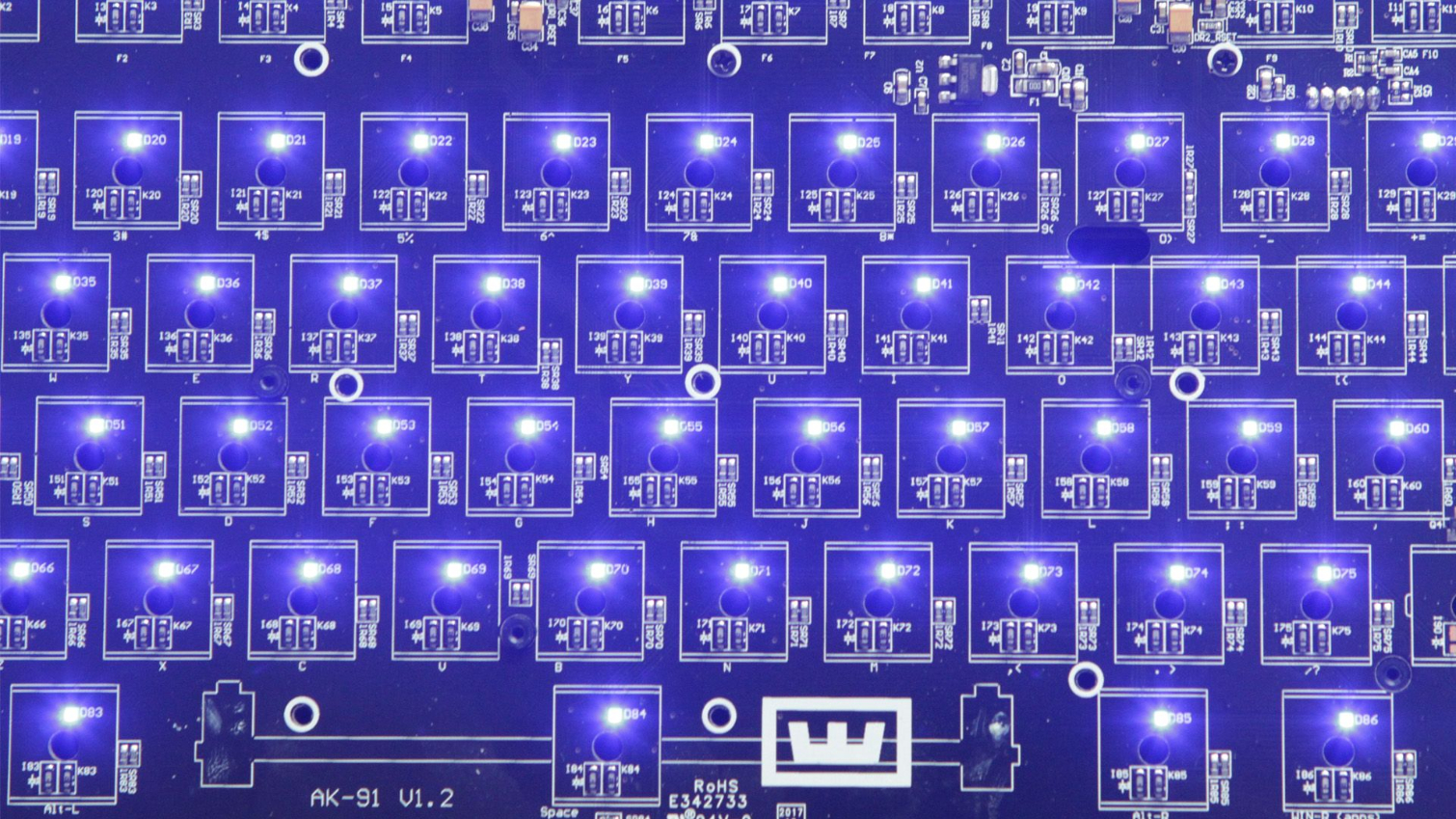
This is a common design, so it’s not as if Wooting goofed here, and because you’re always looking at your keyboard at an angle anyway you won’t notice it much, but it’s still not quite ideal. It’s a compromise required by the LED placement: You can have either ideal keycap legend backlighting or underglow, but not both. We posit that it’s better to ensure the former, because uneven lighting under legends is more noticeable. The secondary legends are also slightly dimmer as well, by dint of where they’re located.
Get Tom's Hardware's best news and in-depth reviews, straight to your inbox.
The One offers per-key RGB lighting, and the colors are easily programmable in the accompanying Wootility software, which we’ll dive into on the next page.
After many hours of use, we spotted a bit of shine on the key caps, although it was mostly on the modifier keys. This is unsurprising, because the caps are ABS plastic. They’re black UV-coated with laser-ablated lettering. We measured the walls of the key caps at approximately 1.15mm.
There are a handful of replacement caps in the box that offer fun alternative legends. For example, one is a second Windows replacement cap featuring the Wooting “w” logo, one has a heart and says “analog,” and so on. (Update, 7/20/17, 10:20am PT: It turns out that these neat caps were just something fun that Wooting threw in for reviewers. Sorry, everyone else!)
MORE: Best Deals
MORE: How We Test Mechanical Keyboards
MORE: Mechanical Keyboard Switch Testing Explained
MORE: All Keyboard Content
Current page: Switches, Lighting & Key Caps
Prev Page Introduction & Specifications Next Page Software: Overview & Lighting ControlsSeth Colaner previously served as News Director at Tom's Hardware. He covered technology news, focusing on keyboards, virtual reality, and wearables.
-
SinxarKnights Oh it's finally out, nice! I really want one but my wallet is dead from starvation already. Frankly i'm surprised it took this long for someone to develop an analog keyboard. It was something I wanted from my earliest PC gaming days, having analog input on the keys would have been very useful for many games.Reply -
Mansen I'm glad you didn't give them too much criticism over the software considering the potentially game changing features. At least things like macros and light effects can be patched in later. Much harder to add hardware features for existing boards. :)Reply -
nimbulan While it sounds interesting, I feel like the extremely narrow 2.5mm of analog range will be too difficult to control precisely in the heat of the moment and will ultimately end up not being terribly useful. It's difficult enough on gamepads which have approximately twice as much range on the thumbsticks. It's not often that analog control actually gets used even on gamepads outside of driving and flying games anyway.Reply -
MrPleasantEXE Great review however as a BETA tester i wanna point some things out...Reply
The issue with the LEDs is most likely due to ISO being loaded on a ANSI keyboard (the on you received) as they have different amount of keys, to load ANSI for all LEDS you need to go to profile manager and load it, if you want to import my profile go ahead =D e04967ea-671f-6558-f4bc-19792281e905
As for the wobble issue, i personally don't see this unless i go to physically wobble them, for me its not a huge issue.
As for the software, you are using the alpha version which is different from the final version, or well will be, the version you have should have a feature similar to macro's.
Overall i love the review however software wise, the final version will be different.
-MrPleasant -
scolaner Reply19949515 said:While it sounds interesting, I feel like the extremely narrow 2.5mm of analog range will be too difficult to control precisely in the heat of the moment and will ultimately end up not being terribly useful. It's difficult enough on gamepads which have approximately twice as much range on the thumbsticks. It's not often that analog control actually gets used even on gamepads outside of driving and flying games anyway.
Yeah, that is a limiting factor. Currently, it's a limitation baked into the Flaretech switch. I need to do a deep dive on the structure of the other optical switches on the market and see if any of those would avoid that problem.
Also, I'd been thinking (but neglected to mention in the review) that I think a 5mm travel would work better.
But I'm withholding some judgment on that until I spend even more time with it. You get used to the analog feel. How much you can "get used" to that small range, I don't know yet. I'm sure some of those uber talented gamers out there would get it really fast. I'm old, slow, and inaccurate. ;)
-
nostalgion ive been wondering if this type of technology existed. i knew it could be done, and i knew i wanted it, and now. i cant afford it. but a massive praise to wooting for creating a dream, and making it reality, evolved gaming. a blacksmith is only as good as his tools, and his tools just got so much better.Reply
